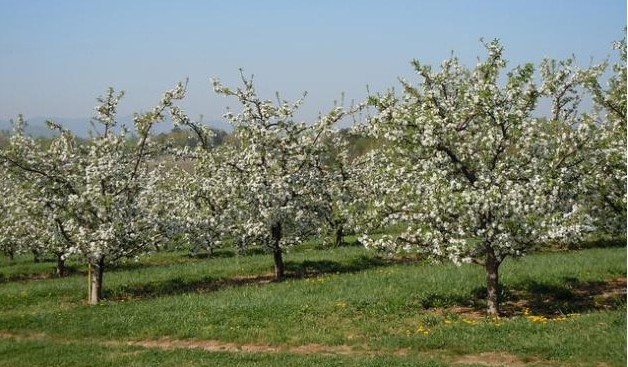Warm Winter Puts PA’s Apple Crop at Risk
UNIVERSITY PARK, Pa. – Due to an unseasonably warm winter, the Pennsylvania apple crop is in jeopardy, warns Penn State Extension horticulture professor Richard Marini.
After warm temperatures throughout December and January, February was the warmest on record, which has led to tree bud development occurring about two weeks earlier than normal, leaving them susceptible to frost.
And that could have an impact on the state’s agriculture industry, Marini notes. According to the U.S. Department of Agriculture, Pennsylvania is the country’s fourth-largest producer of apples, growing more than 400 million pounds each year.
Right now, apple buds can withstand temperature swings of about 10 degrees. When in full bloom, they are usually killed by temperatures of around 27 degrees. What may help is that apple trees produce far more flowers than necessary, with only about 5% of the blossoms needed to have a successful crop.
“Also, different buds on a tree do not bloom at the same time,” he said. “The earliest flowers may bloom about a week earlier than the latest flowers. Flowers at different stages of development have different critical temperatures. So a frost of 26 degrees may kill the most advanced flowers, but the less advanced flowers will survive.”
The average date of the last frost in central Pennsylvania is around May, though in Adams County in the southeastern part of the state the last date is April 11.
“If we have a month of cooler-than-normal temperatures, then the bloom may be close to normal, so things can still change,” Marini said.
The average first bloom date among the state’s apple trees didn’t vary more than a few days for more than five decades, he continues, until the mid-1990s. Since then, the bloom dates have come “increasingly earlier and erratic.”
Copyright 2024 The Business Journal, Youngstown, Ohio.


